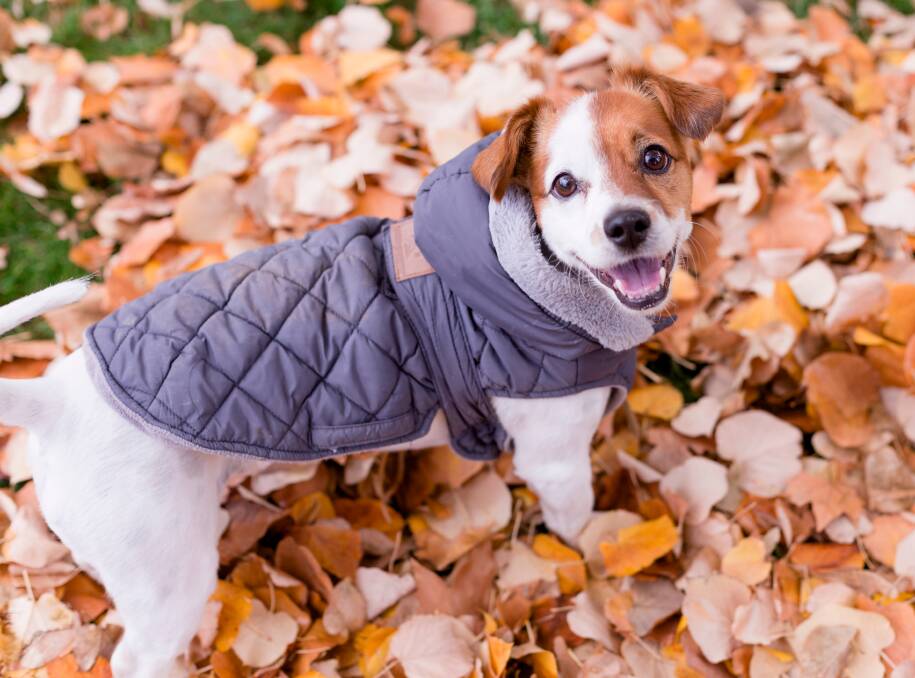
Winter weather
Now that winter is here, many of us are well and truly feeling the cold temperatures - and many of our pets may be feeling it too.
Luckily, there are plenty of ways to keep your pets safe and warm during the cold weather.
Warm bedding
One of the safest ways to keep your companion animals safe and happy during winter is to keep them indoors when it is cold - especially at night.
Cats should be kept safely at home on your property at all times of the year, but the cold during winter is an extra reason to keep them indoors, ideally with secure outdoor access.
Pets should sleep indoors during winter to protect them from cold temperatures and bad weather.
If your pet is unable to stay inside, ensure they have appropriate shelter with warm bedding and a warm draught free weatherproof place to sleep away from the elements.
To ensure your pet is properly protected, try adding extra warm comfortable bedding for warmth, elevate their bedding off cold and hard surfaces, and keep them clear of drafts.
Cats particularly love somewhere sunny and cozy - such as cave-like cat beds.
You might also like:
Winter clothing
Purchasing a winter coat or jumper for your dog is a great way to keep them warm during the cold weather when they are going outside, especially if they are thin, older or short haired, or just really feel the cold.
Any clothing should generally be removed when you return indoors, to prevent overheating.
It's also important to remove clothing quickly if it becomes wet.
It is important to make sure the coat or jumper fits well, does not restrict movement, covers your pet from the neck to the tail base and also protects the stomach area.
Remember, not all pets will tolerate clothing. It may be possible to slowly introduce your pet to the idea of wearing a winter coat or jumper and train them to accept it.
However, if you are unable to train your pet to happily accept and be comfortable in winter clothing, don't force the issue and find other ways to keep them warm.
Exercise and enrichment
It's important to also devote extra time and effort to providing enrichment for your pets during winter too (e.g., games, food puzzles, and toys), as they are likely to spend more time inside.
While you still need to take your dogs out for a daily walk and exercise - you may need to shorten daily walks, fit them with a warm jacket.
It's also a good idea to monitor them for signs of feeling too cold, such as shivering, whining, body language that suggests discomfort (like hunching their back or tucking their tail between their legs) or refusing to continue walking.
If it feels too cold outside for us, it will often be too cold for our companion animals.
When outdoor exercise is not possible, make sure to provide dogs with enrichment indoors.
Vulnerable pets
Vulnerable animals often suffer in cold weather and need extra care to keep them comfortable, especially those who are very young, elderly, spend some or most of their time outdoors or suffer from health conditions such as arthritis.
Small animals, such as guinea pigs and birds, are also very vulnerable to the cold and their enclosure must have areas that are draft free, dry and warm and, if it is particularly cold or stormy, it is best to move them inside if they are normally outdoors.
Cold weather can be harder on our older cats and dogs as the drop in temperature can aggravate joints stiff with arthritis.
For more information about how to help your pet if they have arthritis, visit RSPCA's Knowledgebase.
In additional to these tips, it's important you book in a general health examination with your veterinarian at least once a year to stay on top of any potential health issues.

